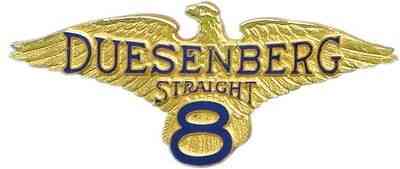Duesenberg Takes 8th Place in the Best Car Logos of All Time
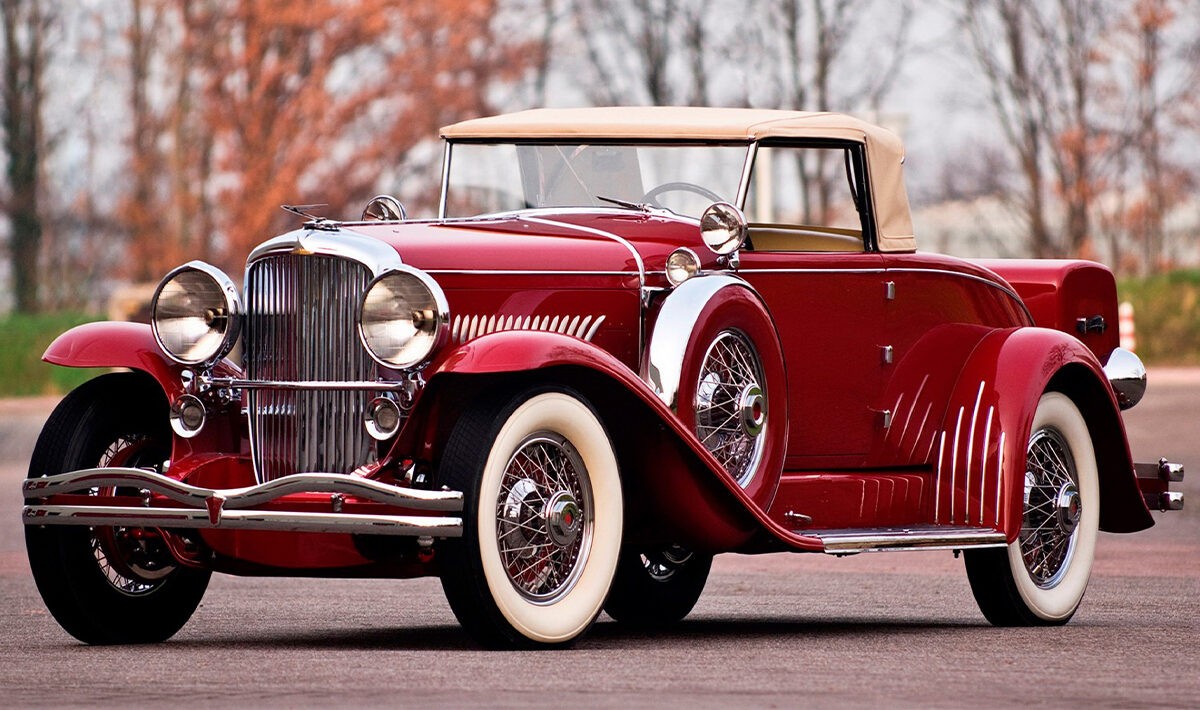
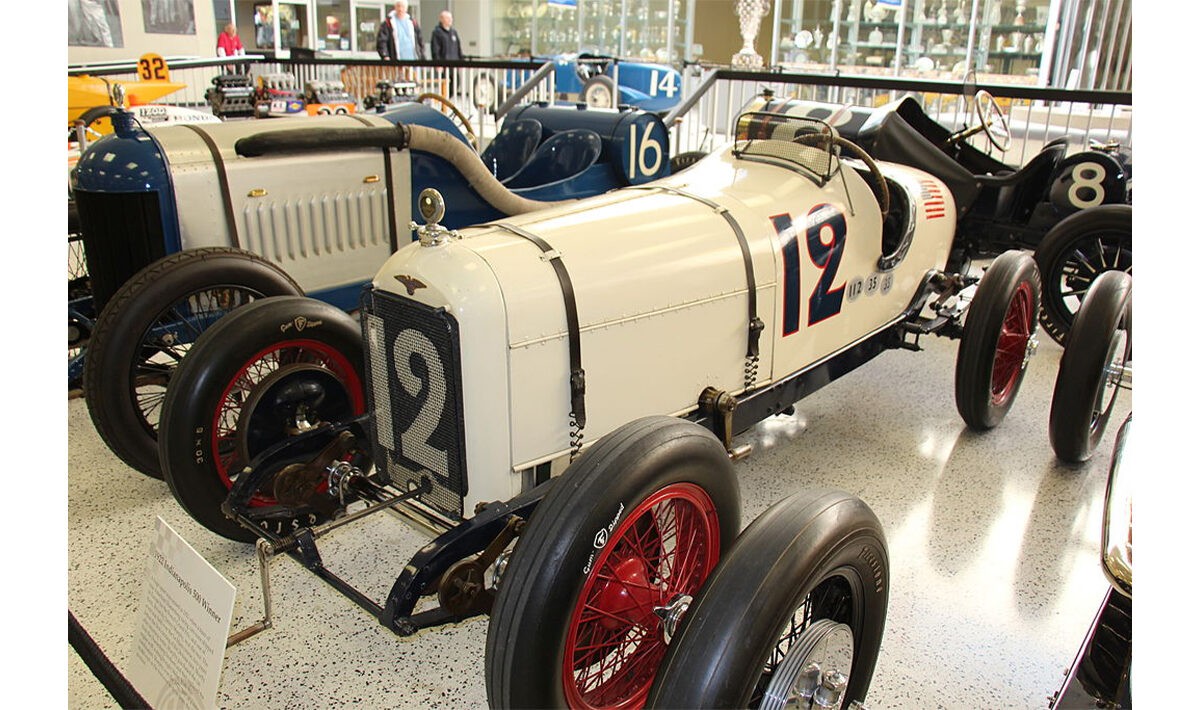
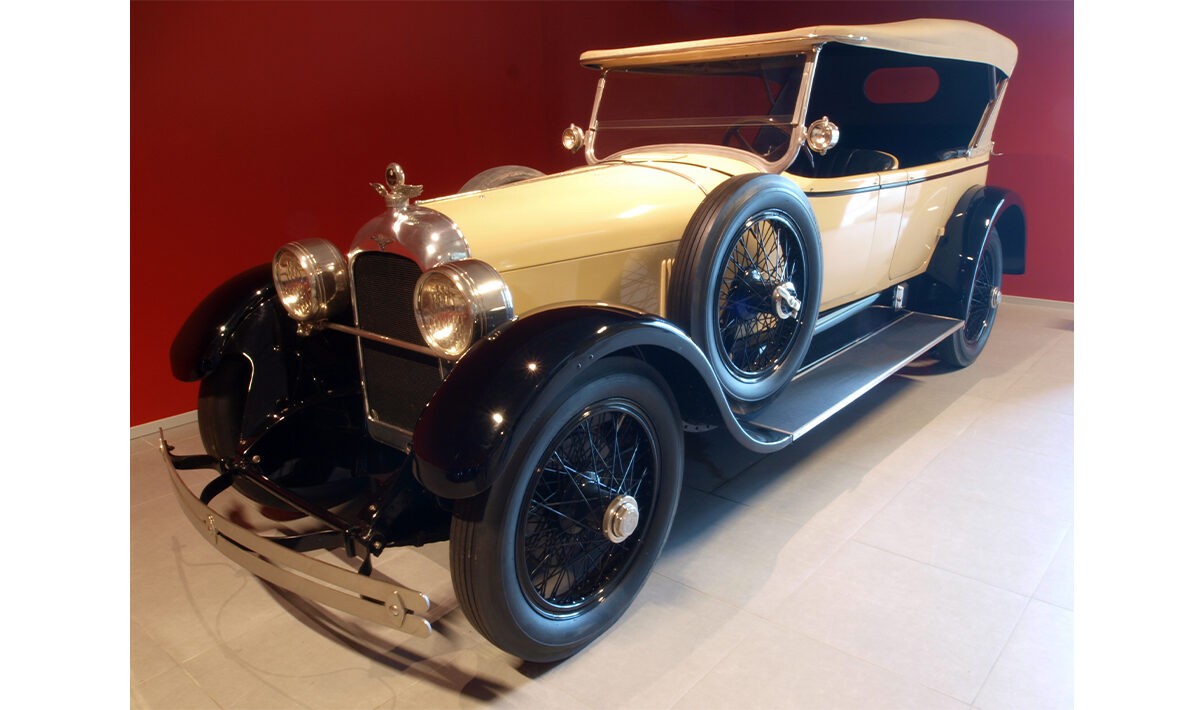
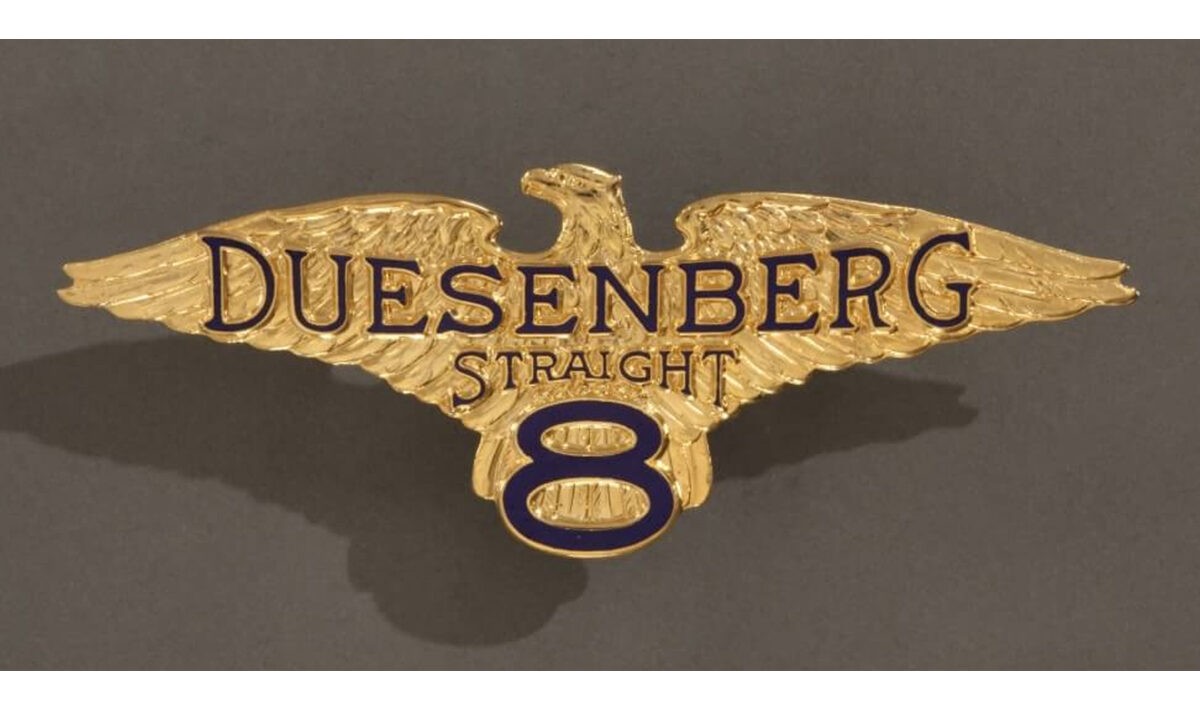
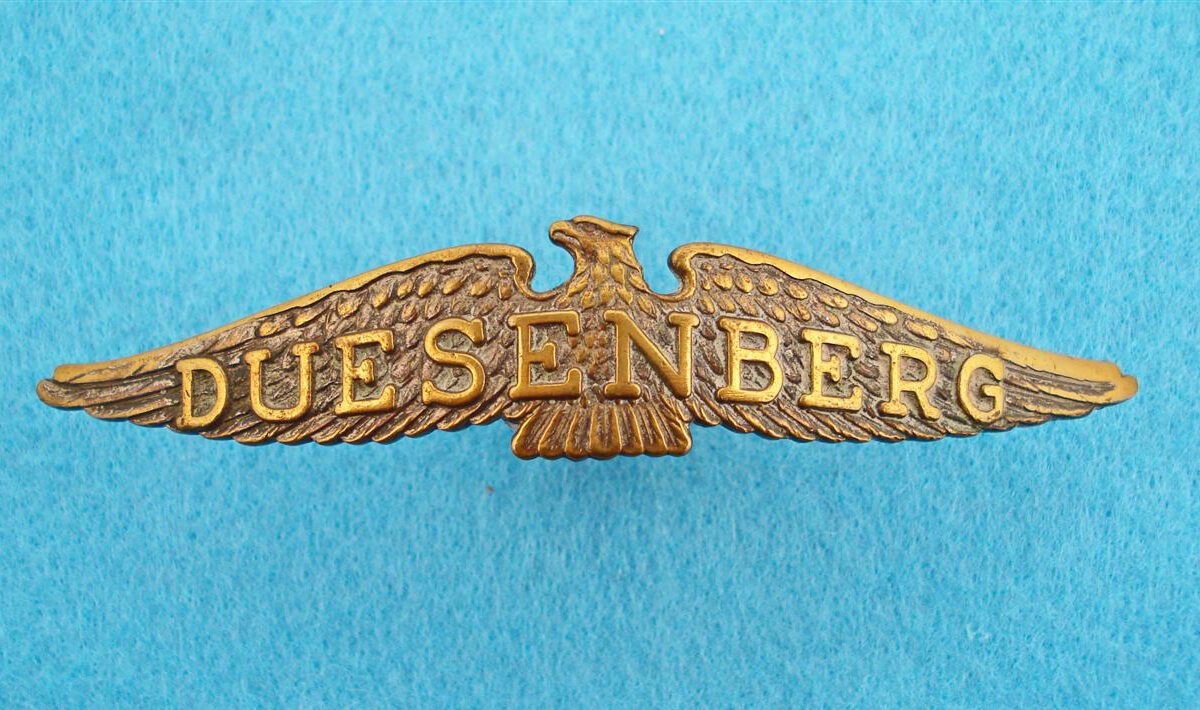
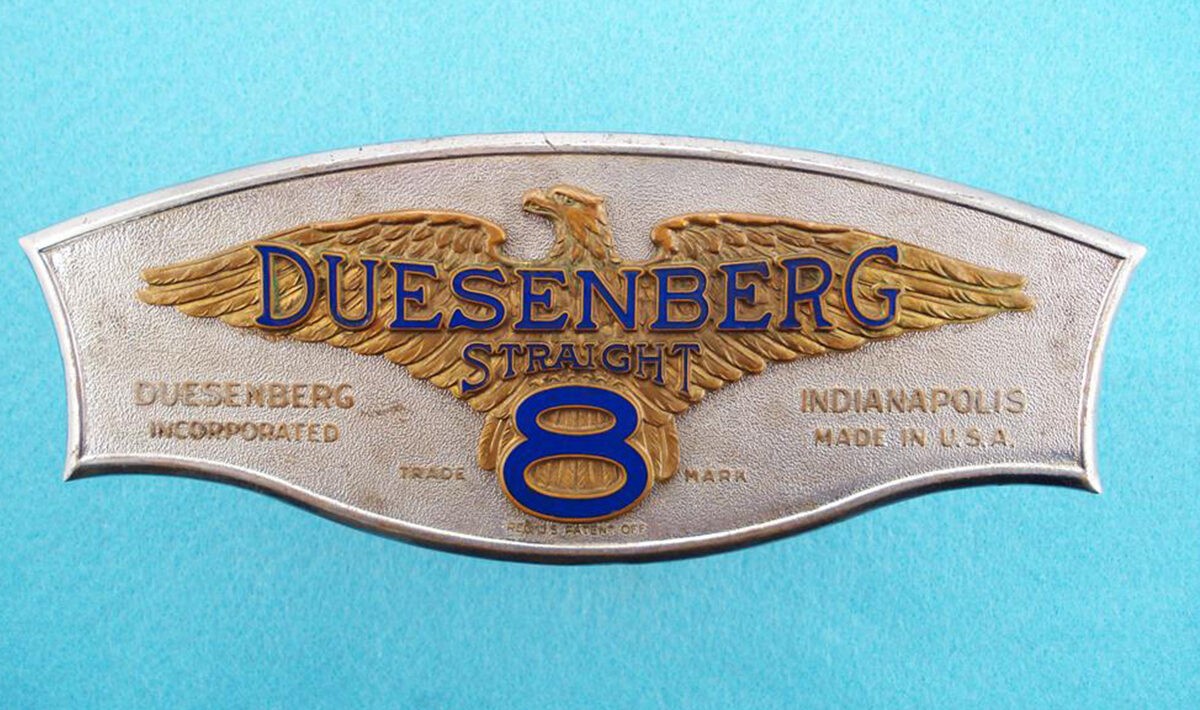

The Duesenberg emblem was created by the two brothers that established the American racing and luxury automobile manufacturer. Friedrich (Fred) and August (Augie) Duesenberg were self-taught engineers who came to the USA when they were small children.
Fred’s early engineering work as a bicycle maker in Iowa skidded to a halt when he filed for bankruptcy in 1903. He stayed in Iowa with his brother and they designed their first car in 1904; the Mason – a 2-cylinder race car. By 1913 the brothers relocated to St. Paul, Minnesota to run the Duesenberg Motor Company, where they manufactured auto and marine engines, including the four-cylinder engine, which was used from 1914 to power Duesenberg competition cars.
They used their know-how and expertise to begin building production engines and cars which became renowned for their performance and luxury. They went on to produce Model A passenger cars in 1920, with the Duesenberg Straight-8 engine being first produced in 1921. That year a Duesenberg race car became the first American car to win a Grand Prix race, taking the winner’s medal at the French Grand Prix. The Duesenbergs went on to win the Indianapolis 500 in 1924, 1925, and 1927, as well as speed records at the Bonneville Salt Flats.
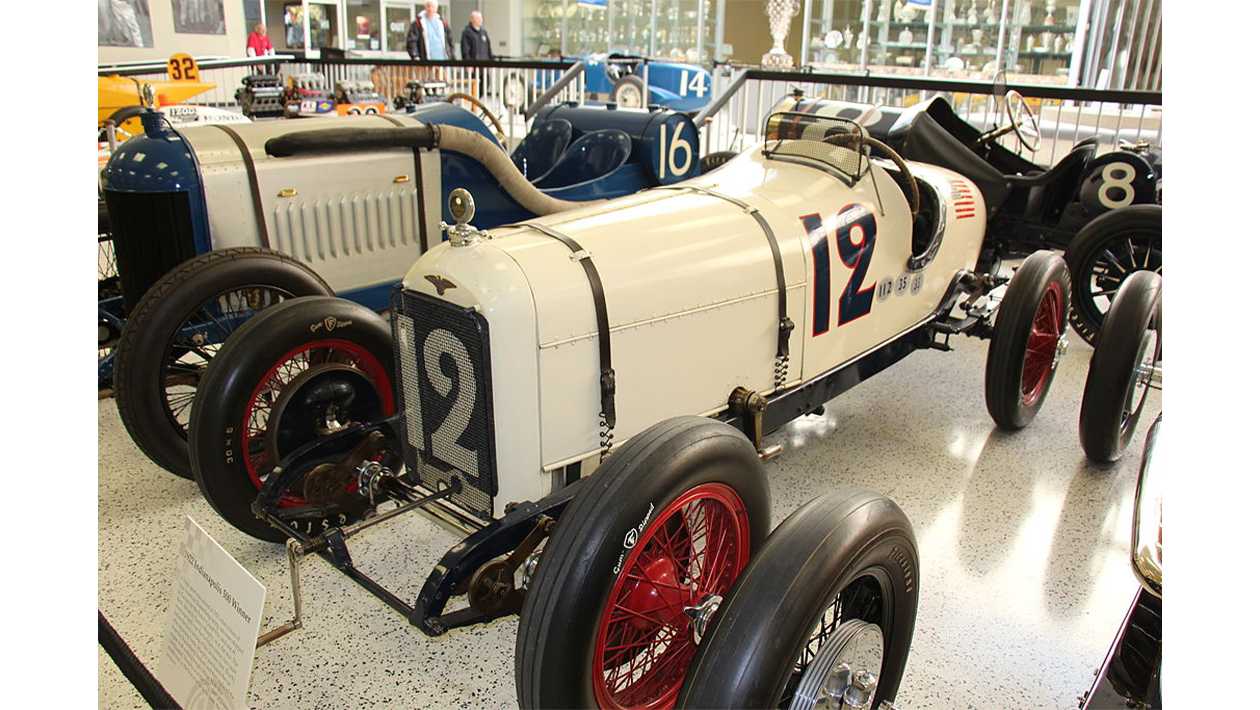
Duesenberg motors were regarded as being exemplary for the novel design features seen on various Duesenberg engines, such as the three and four valve heads, single and double overhead camshafts, superchargers, and aluminum castings.
The History of the Duesenberg Logo
The original emblem was a spread-winged eagle with the text “DUESENBERG” across its body and wings. Beneath this the word “Straight” and a large number 8 represents the straight-eight engines that the company was known for popularising. Duesenberg was also well-known for their four-wheel hydraulic brakes.
The company Duesenberg only existed for 24 years, making its history and the tale behind it brief. This image below is a Duesenberg Model A radiator emblem, used on passenger cars and Duesenberg race cars manufactured between 1921 to 1937. During this time the cars were manufactured by five different companies, including Duesnberg Motor Company, Duesenberg Motors Corporation, and Duesenberg, Inc.
1922-27
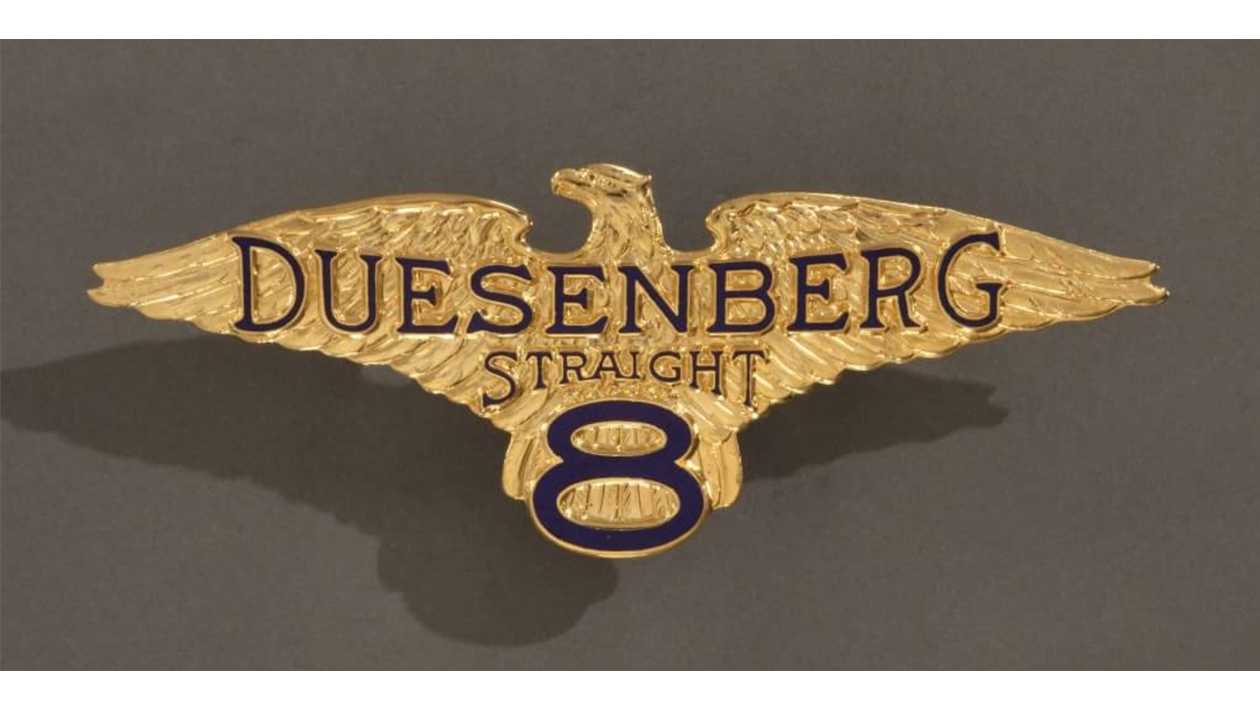
Duesenberg motors are held in high regard, and because of this and the fact that the company was dissolved in 1937, Duesenberg emblems are much sought after by collectors.
The Duesenberg Model J had a more discrete emblem, a little smaller in size on the nose of the radiator, as shown below. This emblem is very rare, due most likely to the fact that few of the Duesenberg Model J automobiles survived.
1929-1937
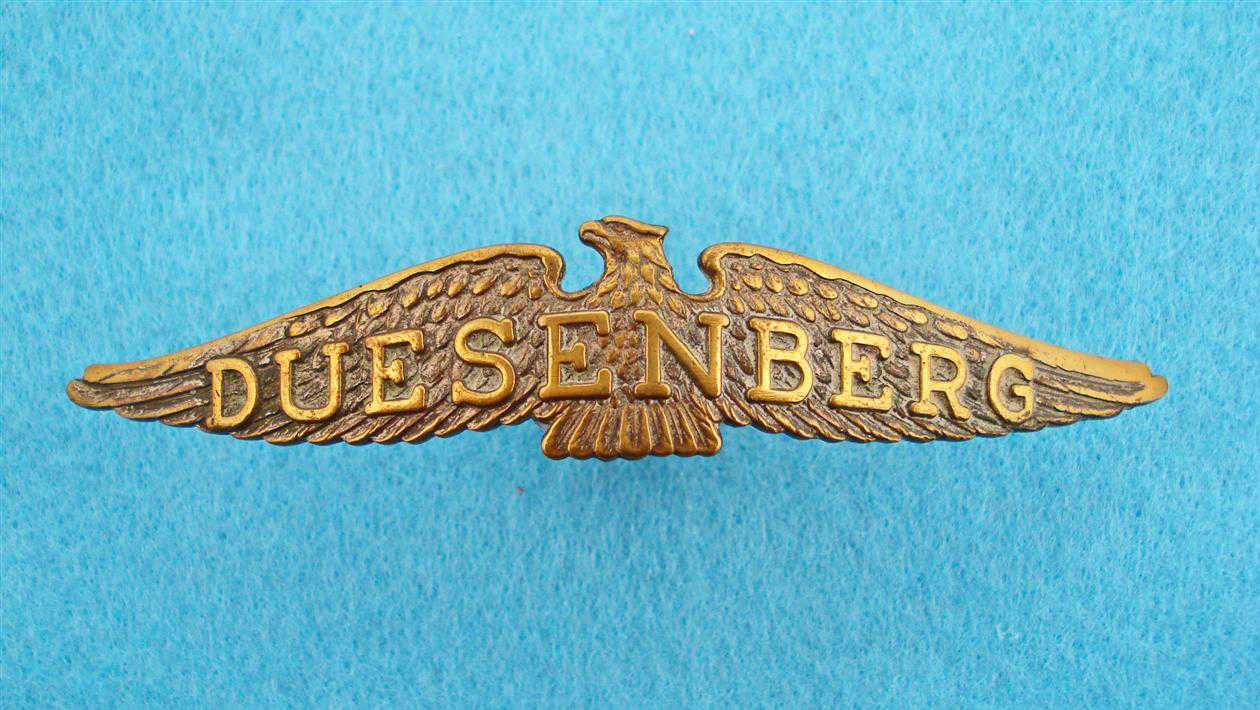
The Model J was produced in Indiana between 1928 and 1937 and was regarded as one of the most luxurious American cars. Delivering 265 horsepower in an $8,500 chassis, the Model J was the choice of kings Victor Emmanuel III of Italy and Alfonso XIII of Spain. Movie stars like Greta Garbo, James Cagney, and Mae West had their hands on the Model J steering wheel, as too did the notorious Al Capone.
Another rare Duesenberg emblem is the one found on the backing plate attached to the firewall behind the engine of the Model J.
1929-1937
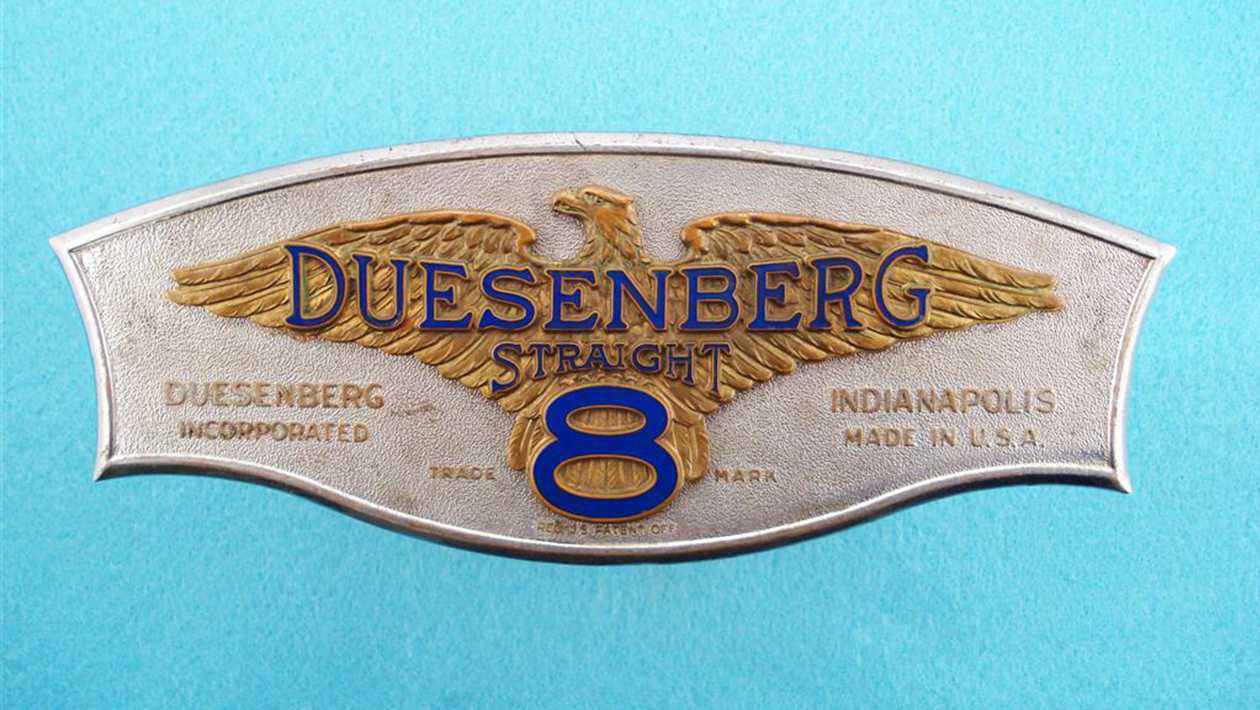
There was also a circular emblem found on the Duesenberg Model A hub.
1926
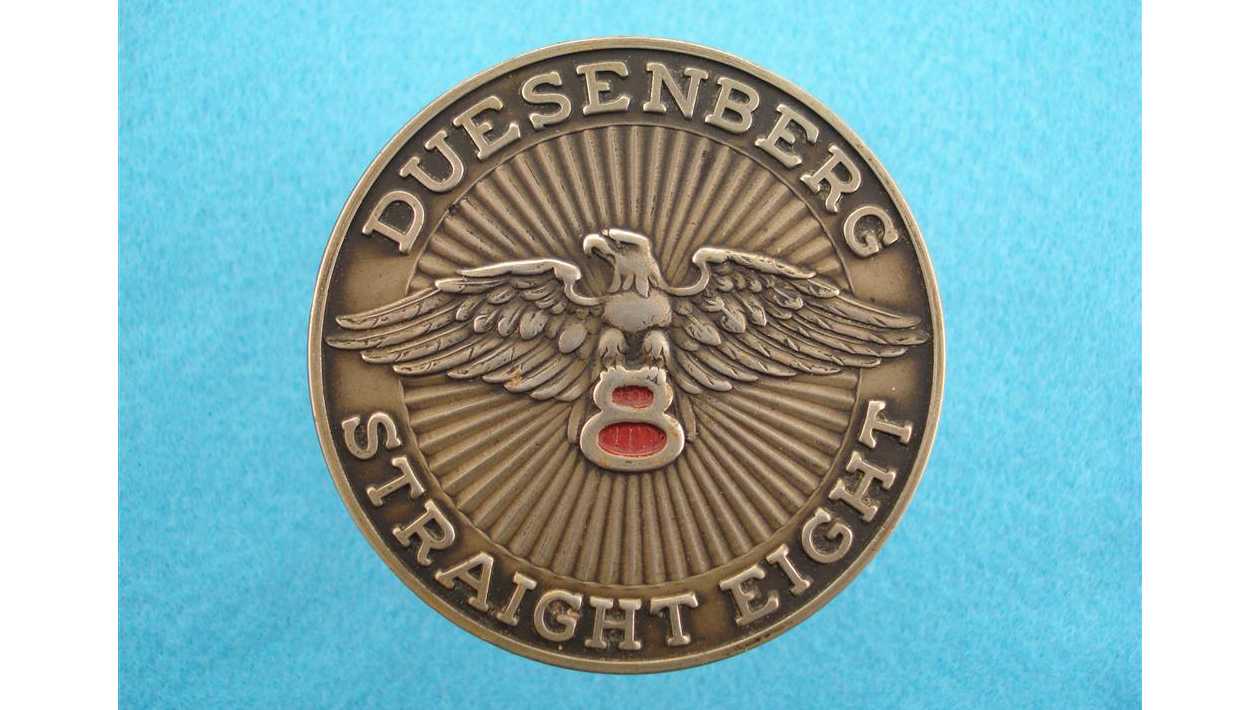
Duesenberg Revival
There were several attempts were made to revive the Duesenberg name, all of which were unsuccessful. In 1947, Augie Duesenberg failed to restart the company, and his son, Fritz, had a go himself, with car designer Virgil Exner. Their efforts to revive the brand failed after they produced a concept car in 1966. 12 years later, in 1978, Heritage Elite Motors began making handmade Duesenberg replicas in Elroy, Wisconsin, under the name Duesenberg Motors Company. These replicas were aptly named “Duesenberg II” and retained the same style and design of the cars from the 1920s/30s, with some modern updates, including air conditioning, stereo systems, and an automatic transmission.Several models were produced, including the Murphy roadster, the Torpedo sedan and phaeton. However, the factory fell to the same fate as past resurrections and closed in 2001.
Click here to find out which car logo came in 7th place in the best car logos of all time.



